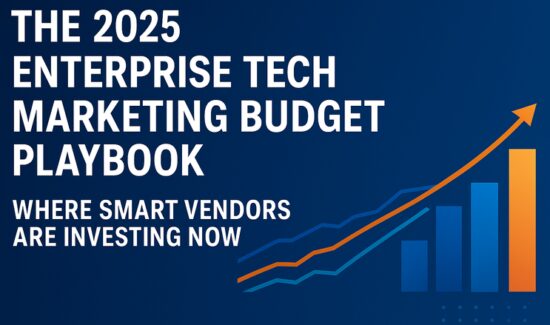Consumers Want Better Brand Experiences, And They’re Willing to Pay With Their Data


As part of Solutions Review’s Contributed Content Series—a collection of articles written by industry thought leaders in maturing software categories—Jeremy Swift, the CEO and co-founder of Cordial, explains why customers are willing to share their data to get better brand experiences.
Today’s consumers want personal, relevant brand experiences and are willing to share their data with brands who can—and have proven to—provide real value in exchange. Consumers know brands want their data, whether collected directly or acquired from third-party sources. Yet, consumers who share additional information have high expectations for how brands use it. They’re willing to offer their data as a currency to gain experiences from brands.
Cordial’s recent customer engagement report confirms consumers’ stance: 80 percent expect relevant offers after sharing their data with marketers, and 70 percent would share more information if they knew brands would activate that data to elevate their shopping experience. Now, as consumers cut costs amid increasing inflation and economic uncertainty, personalized offers help brands stand out. According to new holiday data sourced by Cordial, the majority of Gen Z (68 percent), Millennials (72 percent), and Gen X (57 percent) report making an unplanned purchase after receiving an email that was highly personalized and offered something specific to their needs.
Marketers know what consumers want but struggle to activate and deliver a return on real-time consumer data. They rely on antiquated data and systems, which fail to satisfy personalization expectations or respond in real-time to rapidly changing consumer behavior. This disconnect causes consumers to rethink sharing their data and sometimes leads to disengagement. Marketers need better cross-channel marketing capabilities to connect data to real-time personalization and keep pace with evolving consumer expectations.
Consumers Want a Tailored Experience
Personalization can drive a 10-15 percent increase in revenue, which increases to nearly 25 percent when organizations prioritize first-party data in their decision-making. When consumers willingly share their data, what benefits are they expecting? Pertinent, timely messages to help them discover products and save time.
Noteworthy communication
Consumers want 1:1 messages tailored to their needs in real-time. Email is a crucial channel for engagement and buying decisions, along with app messages and SMS. Cordial’s customer engagement study found that half of consumers shop in response to an email, and 80 percent list email among the top three influences on buying behavior. However, most consumers (75 percent) say they get too many brand messages, and half of those messages read as “generic.”
Personalized promotions and recommendations
Consumers don’t want repetitive messages, either. According to Cordial’s report, 72 percent of shoppers become frustrated when they receive promotions for products they don’t like, don’t need, or have already purchased. However, 80 percent of shoppers notice and appreciate when a brand surfaces relevant, new products. Consumers particularly appreciate when a brand’s text or email helps them find the product they want precisely when the need arises. While most consumers think holiday shopping will be more stressful this year, nearly 88 percent agree that sales, coupons, and discounts will hold more sway over their shopping decisions than last year.
Use Data to Guide Personalized Marketing
Consumers have given marketers all the pieces of the puzzle: They’ve shared their data, expressed their desire for personalized messages, and even communicated what personalized brand experiences mean the most to them. It’s up to marketers to put the pieces together and deliver on those expectations.
Legacy and point solutions hold marketers back.
Technology limits marketers’ ability to satisfy consumer needs, and data orchestration stands out as a considerable barrier to effective data activation and engagement. Eight in 10 marketers report encountering hurdles when sending personalized texts and emails. Marketers, most notably those utilizing “legacy” solutions, are too constrained by their technology to give consumers what they want.
According to data, 35 percent of marketers need three or more platforms to send messages; only a quarter can send email and text through a single platform. As a result, marketers are not adequately equipped with cross-channel capabilities and instead rely on separate data sets for each communication channel. This disconnected system prevents marketers from maximizing the value of real-time data, making it impossible to create highly personalized and up-to-the-minute messages. As a result of disparate data trapped in outdated solutions, consumers get a disjointed experience instead of benefitting from sharing their information.
Earn consumer data through better technology.
Marketers need technology that seamlessly ingests, integrates, and analyzes data from all their systems. They need a solution that unlocks data potential while simplifying data management so marketers can leverage insights at scale and with unprecedented immediacy. Only then can marketers offer the value consumers deserve and the experiences that keep them engaged.
Everyone benefits when data insights translate directly into marketing activation. Consumers are more inclined to provide their data, allowing brands to create more better brand experiences. Those experiences deepen relationships and keep consumers coming back. An all-in-one platform empowers marketers to deliver personalized experiences, making good on their promises to consumers and avoiding the challenges of a tangled tech stack.





















